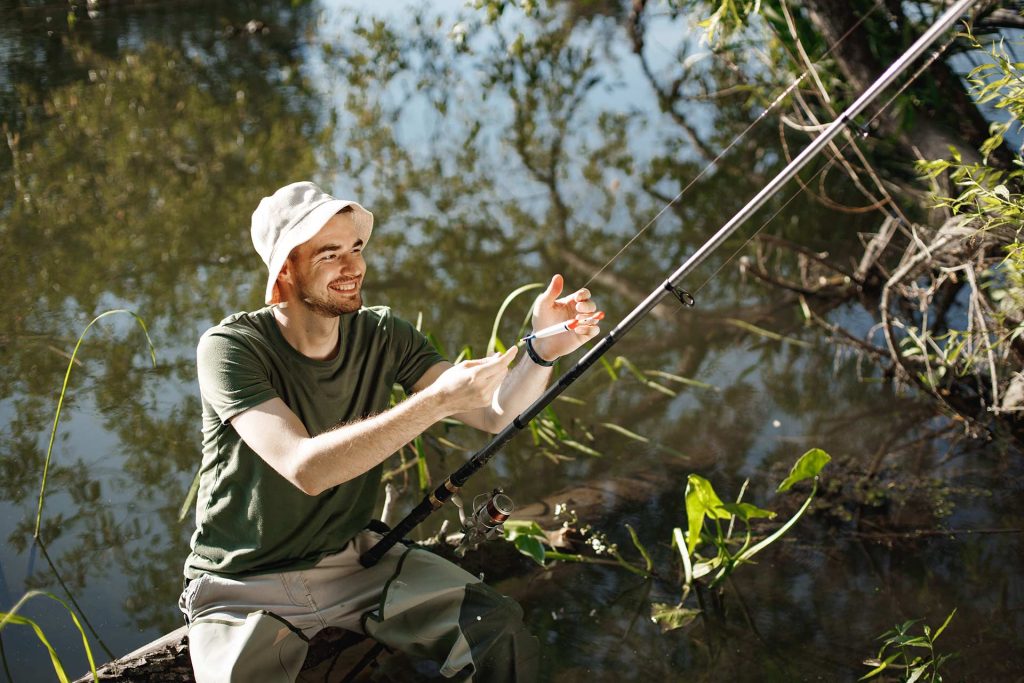
Fishing is not just about patience and luck; it’s about mastering techniques that can significantly improve your success rate on the water. Understanding these techniques allows anglers to adapt to different environments and fish species, making the experience more rewarding. One fundamental technique is casting, which involves accurately throwing your line to the desired spot in the water. Casting distance and accuracy can be honed with practice, and different methods, such as overhead casting or side casting, can be used depending on the situation. Another important technique is jigging, which involves moving the bait in a way that mimics the movement of prey, making it more enticing to fish.
Baiting is another critical aspect of fishing that requires attention to detail. The choice of bait can vary depending on the target species and the water conditions. Live bait, such as worms or minnows, is often preferred by many anglers because of its natural appeal to fish. However, artificial lures can be just as effective if used correctly. Understanding the behavior of different fish species can help you choose the right bait and increase your chances of a successful catch. Additionally, learning how to properly hook the bait can prevent it from being lost or eaten by smaller fish before you have a chance to reel in your target.
The technique of trolling is particularly useful in large bodies of water, where covering more ground increases your chances of encountering fish. Trolling involves dragging a baited line or lure behind a moving boat, which can attract fish to follow and eventually strike. Speed, depth, and the type of lure used in trolling can all influence your success. This method is commonly used in deep-sea fishing but can also be effective in large lakes and reservoirs. It’s important to understand how different trolling speeds and lures affect different species of fish.
Fly fishing is a specialized technique that requires a unique set of skills and equipment. Unlike traditional fishing methods, fly fishing uses a lightweight lure called a fly, which is designed to resemble insects or other small creatures that fish commonly eat. The casting technique in fly fishing is also different, as it involves a series of graceful movements to land the fly gently on the water’s surface. This method is particularly popular in freshwater environments, such as rivers and streams, where it’s used to catch species like trout and salmon. Mastering fly fishing takes practice, but it offers a deeply rewarding experience for those who enjoy the art and science of angling.
Another advanced technique is drift fishing, which involves allowing the current or wind to carry your bait naturally along with the flow of the water. This method can be effective in both freshwater and saltwater environments, and it mimics the natural movement of prey, making it more appealing to fish. Drift fishing requires careful control of your boat’s position and speed, as well as a good understanding of the water’s flow. It’s a technique that can produce excellent results, especially in areas where fish are more likely to feed in the current.
Lastly, understanding how to properly set the hook is essential for successful fishing. Setting the hook involves a quick, firm motion of the rod to drive the hook into the fish’s mouth after it has taken the bait. Timing is crucial; if you set the hook too early, you might pull the bait away from the fish, and if you wait too long, the fish might spit the bait out. Different species require different hook-setting techniques, so it’s important to know the habits of the fish you’re targeting. With practice, setting the hook becomes almost instinctual, leading to more successful catches and a more fulfilling fishing experience.
